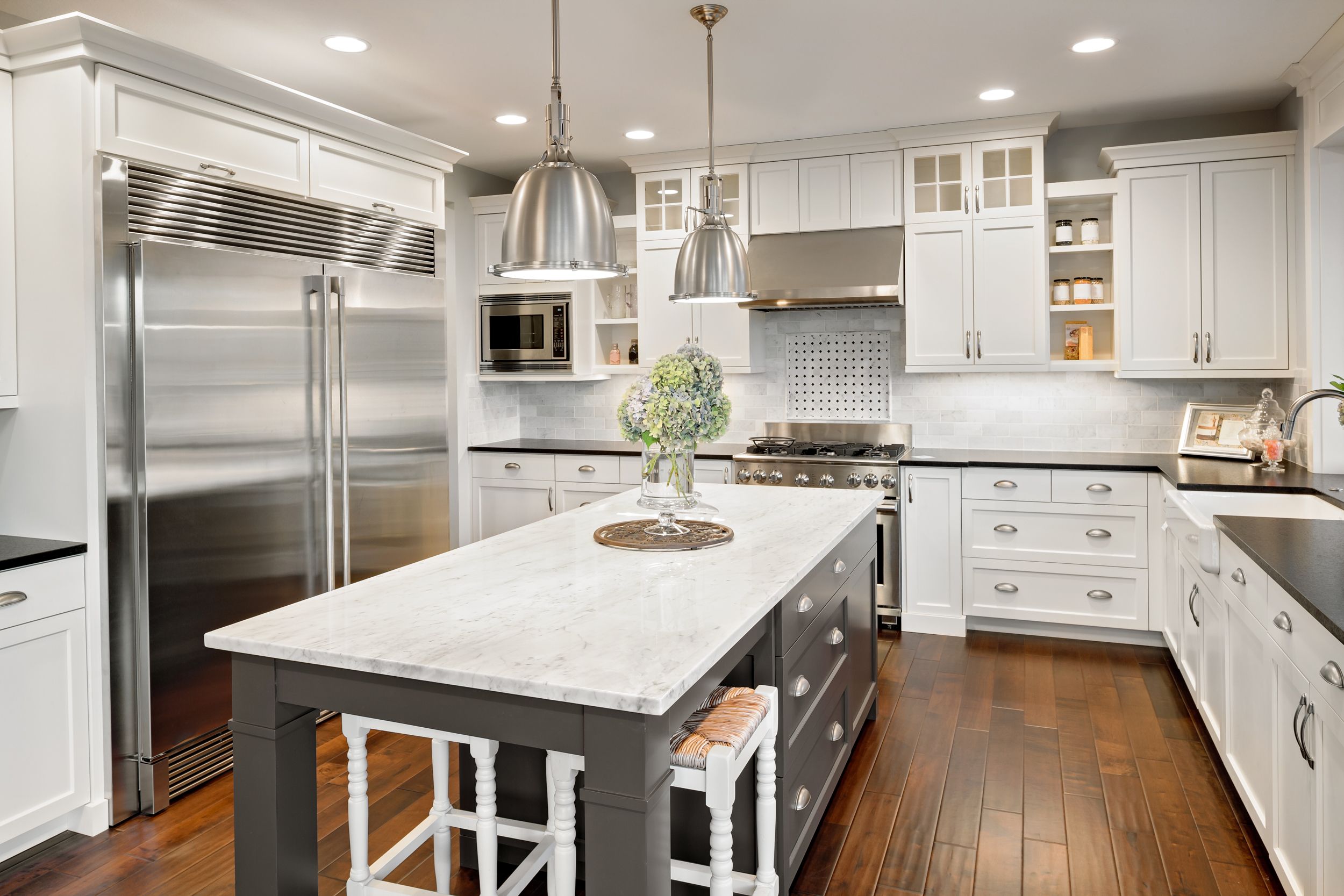Why Pricing Is the Most Important Decision You’ll Make
Selling a home is more than just attaching a price tag and waiting for offers. It’s a calculated strategy, one that blends the emotional investment of homeownership with the realities of a constantly shifting market. Pricing is one of the most important decisions a seller can make—and the way it’s handled can either help or hurt the entire selling process. Although it may seem tempting to list your home a little high “just to see what happens,” doing so can lead to missed opportunities, prolonged listing periods, and ultimately a lower sale price. Getting the price right from the start increases your chances of a fast, smooth sale and sets the tone for a confident negotiation process.
The Power of First Impressions in Real Estate
First impressions matter—especially when it comes to real estate. When a buyer scrolls through listings online or walks into an open house, their brain is already comparing the home to others in the same price range. A house that is priced too high can immediately turn buyers off before they even give it a second thought. It can also create unrealistic expectations. If a buyer sees a higher price, they’re going to expect more—more upgrades, better finishes, a superior location, or added square footage. If your home doesn’t live up to those inflated expectations, it can create a mismatch that’s hard to recover from. That initial impression, once made, can be difficult to change, which is why pricing correctly at the outset is so essential.
The Danger of “Testing the Market”
There’s a natural tendency for sellers to assume that if their home doesn’t sell right away, they can always adjust the price later. Technically, that’s true—but in practice, it can be more damaging than helpful. When a listing is brand new, it gets the most attention. It shows up in searches as “just listed,” agents are eager to share new inventory, and buyers are watching closely for fresh options. If your home is overpriced, it may sit during that golden window of visibility. Then, when you eventually drop the price, it can appear stale or overlooked—raising red flags for buyers who might wonder what’s wrong with it. The longer a home stays on the market, the more challenging it becomes to maintain momentum. Buyers may assume there are problems with the property, and you may end up having to reduce the price more dramatically than if you had just listed it right from the beginning.
The Role of Emotion in Overpricing
It’s easy to let personal emotions cloud your judgment when pricing your home. After all, this is your home—it’s full of your memories, your improvements, your hard work. Sellers often add emotional value to their homes, believing that certain features or stories make it worth more. But the market doesn’t measure value that way. Buyers don’t factor in your family holidays, your sweat equity in weekend projects, or the joy you felt while living there. They are looking at the hard facts: square footage, bedroom count, condition, location, and comparable homes. Pricing based on emotional value rather than market reality can set you up for disappointment and frustration. That’s why working with a real estate agent who can offer an objective perspective is key.
Using Comparative Market Analysis to Your Advantage
Speaking of objectivity, comparative market analysis—or CMA—is one of the most important tools in setting the right price. A CMA compares your home to others that have recently sold in your area and are similar in size, features, and condition. It might sound simple, but it’s more nuanced than just copying your neighbor’s sale price. Timing, condition, upgrades, and even buyer incentives can all influence the final sale number. A home that sold for more last month may have included a new roof or a finished basement, while yours may need some updates. Or perhaps the neighbor sold during a particularly hot market, while things have since cooled. Understanding these subtle but impactful differences is essential to interpreting comparable data correctly. That’s why experienced agents don’t just pull numbers—they provide context and help sellers understand how their home fits into the current landscape.
How Overpricing Helps the Competition
An overpriced home doesn’t just risk sitting on the market—it can actually help your competition. Buyers often compare multiple listings at once. If they see your home alongside one that’s accurately priced and shows well, your home may look like the weaker option. Even worse, overpricing can shift buyers’ attention to other homes entirely, which means your listing could serve as a tool to sell someone else’s home. Ironically, the strategy of pricing high to leave room for negotiation can do the exact opposite—pushing buyers away before they even consider submitting an offer.
Why the Right Price Can Create Competition
On the other hand, pricing your home right can create momentum and competition. When a home is priced appropriately, it tends to attract more attention. More attention means more showings. More showings mean more potential for offers. And in a competitive market, that can translate into multiple offers and even bidding wars. That doesn’t mean underpricing—it means pricing in alignment with the market so that your home looks like a strong value compared to others in the same range. Buyers today are savvy. They’ve done their homework. They’ve looked at listings, watched price drops, and followed trends. When they find a home that feels priced right, they act quickly.
Navigating the Appraisal Process with Smart Pricing
Strategic pricing also helps with the appraisal process. Even if a buyer is willing to pay more, the bank still has to agree that the home is worth the loan amount. Overpricing your home too far above recent comps could lead to an appraisal gap, which could kill the deal or force you into unexpected price negotiations late in the game. Appraisers use many of the same comparable sales your agent uses when helping you price the home. A smart pricing strategy takes this into account from the beginning, helping avoid delays and obstacles during the final stages of the sale.
Reaching the Right Buyer with the Right Price
Another important consideration is how pricing affects your target audience. Every home appeals to a certain type of buyer, and your price should reflect that. If you price too high, you might miss out on the right pool of buyers entirely. For example, if your home would be perfect for a first-time buyer or young family, overpricing it could bump it out of reach for those buyers and into a range where larger or newer homes exist. On the flip side, if your home is priced appropriately, it will show up in the searches and alerts that matter most—and resonate with buyers who are ready to make an offer.
Yes, Pricing Still Matters in a Hot Market
Even in a seller’s market, where demand is high and inventory is low, pricing remains critical. Some sellers assume that because homes are selling quickly, they can list high and still get offers. But buyers are just as cautious in fast markets as they are in slower ones. Overpricing can still lead to a listing being ignored while more appropriately priced homes fly off the market. In fact, strategic pricing in a hot market can be even more powerful, leading to stronger offers, better terms, and a quicker closing.
Finding the Right Balance
Ultimately, pricing your home right is about balance. It’s about knowing the market, understanding your home’s true value, and putting yourself in the buyer’s shoes. A trusted real estate agent can guide you through the process, helping you interpret data, gauge demand, and build a pricing strategy that aligns with your goals. While it’s natural to want the highest possible return, aiming too high can actually bring in less than what your home is worth. A strong, competitive price invites strong, competitive offers.
Final Thoughts: Launch with Confidence
So if you’re preparing to sell, start with the strategy that sets the entire tone for the journey. Look at the facts, trust your agent’s guidance, and price your home in a way that creates interest, not obstacles. It’s not just about listing—it’s about launching your home onto the market with confidence. And that starts with the right number.





